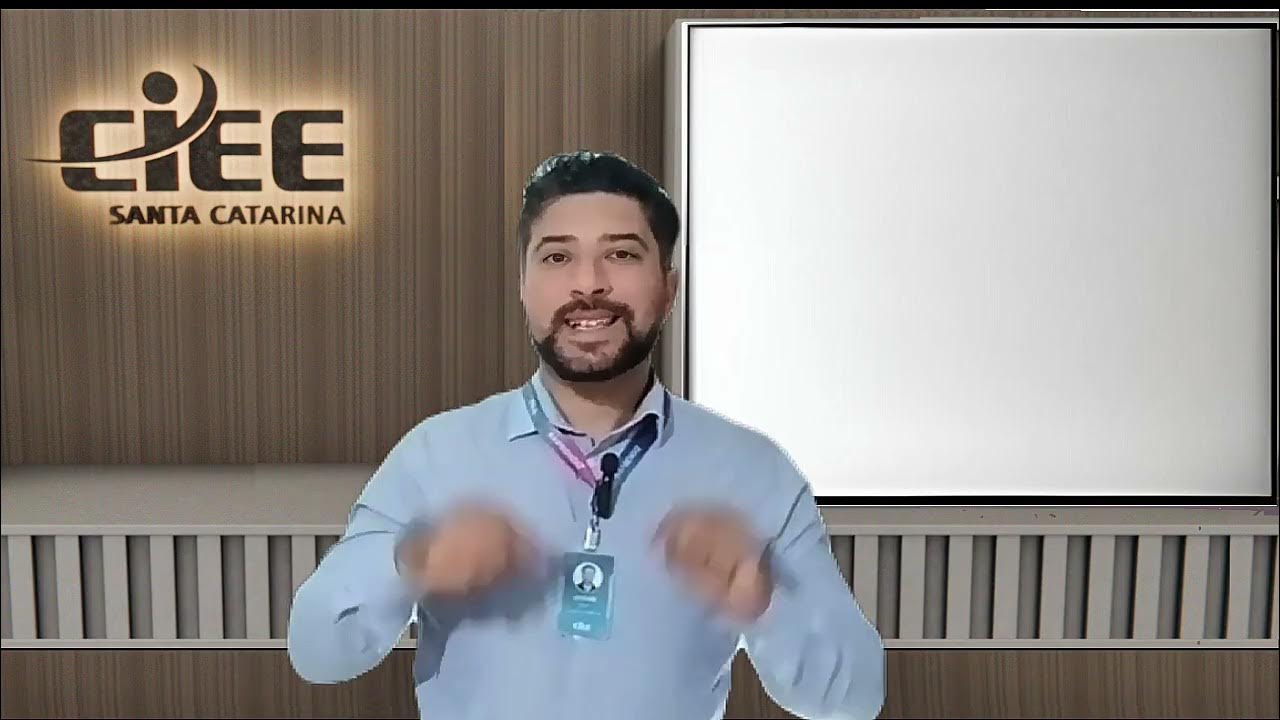Entrepreneurship, Creativity, & Innovation
Summary
TLDRThis video explores the interconnected topics of entrepreneurship, creativity, and innovation. It begins by discussing creativity as a process for generating ideas and how it can be nurtured through knowledge, collaboration, and evaluation. The video highlights the importance of both individual and collective creativity, and the role of background knowledge in developing innovative solutions. It also discusses the difference between innovation and invention, emphasizing that innovation involves improving and commercializing ideas. Real-world examples, such as Borders' response to digital music, are used to illustrate these concepts.
Takeaways
- 🤔 Creativity is the process of generating ideas and can be improved with tools and techniques.
- 👥 Surrounding yourself with creative individuals can enhance the creative process.
- 📚 Having a background in the subject matter can lead to more creative solutions.
- 🧠 Creativity can be taught and learned, just like any other skill.
- 🌱 Incubation of ideas is important, but evaluating those ideas is often overlooked.
- 🚫 Avoid rushing to implement the first idea; consider multiple options.
- 🔍 Recognizing relationships between different areas can lead to creative solutions.
- 📉 Borders Books and Music's failure to adapt to digital music illustrates the danger of sticking to the status quo.
- 🧠 The balance between left-brain (analytical) and right-brain (creative) thinking is crucial for entrepreneurs.
- 🛠 Innovation is about applying new ideas or improving existing ones to meet a need.
- 💡 Invention is creating something new, but it doesn't necessarily equate to innovation or commercial success.
Q & A
What are the three interconnected topics discussed in the transcript?
-The three interconnected topics discussed are entrepreneurship, creativity, and innovation.
How is creativity defined in the context of the transcript?
-Creativity is defined as the process of generating ideas that can make things better, more comfortable, efficient, or effective.
What are some ways to enhance creativity as mentioned in the transcript?
-Ways to enhance creativity include using tools and techniques, involving creative individuals in decision-making, having a background in the topic matter, and evaluating multiple ideas before implementing a solution.
Why is it beneficial to have a background in the topic matter when trying to be creative?
-Having a background in the topic matter allows for a deeper understanding, enabling one to think more in-depth and consider past successes and failures, thus improving the generation of creative solutions.
What role does incubation play in the process of creativity?
-Incubation refers to the process of letting ideas develop over time, which is often missed but crucial for refining and evaluating the quality of creative solutions.
What example is given in the transcript to illustrate the importance of recognizing relationships in creativity?
-The example of Borders Books and Music is given, which considered the impact of digital music and the threat of free, pirated music from services like Napster on their business model.
What was the proposed solution for Borders Books and Music to compete with digital music and piracy?
-The proposed solution was to create a vending machine in the store that would allow customers to plug in their devices and download songs directly.
Why did Borders Books and Music ultimately not adopt the vending machine solution?
-Borders Books and Music did not adopt the vending machine solution due to concerns about the unknown profitability compared to their established CD sales model and the fear of cannibalizing their existing sales.
What is the difference between innovation and invention as discussed in the transcript?
-Invention is the creation of something new, while innovation is the application or implementation of that invention to meet a need or improve upon what already exists.
How does the transcript define a successful innovation?
-A successful innovation is defined as a commercialized idea that can be brought to market, adds value, and is recognized and purchased by consumers.
What is the importance of balancing creativity with practical considerations like cost and market demand?
-Balancing creativity with practical considerations ensures that while ideas are imaginative and novel, they are also viable in terms of cost and market demand, making them profitable ventures.
Outlines

Этот раздел доступен только подписчикам платных тарифов. Пожалуйста, перейдите на платный тариф для доступа.
Перейти на платный тарифMindmap

Этот раздел доступен только подписчикам платных тарифов. Пожалуйста, перейдите на платный тариф для доступа.
Перейти на платный тарифKeywords

Этот раздел доступен только подписчикам платных тарифов. Пожалуйста, перейдите на платный тариф для доступа.
Перейти на платный тарифHighlights

Этот раздел доступен только подписчикам платных тарифов. Пожалуйста, перейдите на платный тариф для доступа.
Перейти на платный тарифTranscripts

Этот раздел доступен только подписчикам платных тарифов. Пожалуйста, перейдите на платный тариф для доступа.
Перейти на платный тарифПосмотреть больше похожих видео

Creativity, innovation and entrepreneurship: Glenn Gaudette at TEDxWPI

Pertemuan 1 kewirausahaan digital

Qual a relação do empreendedorismo com a inovação?| Minuto Inovação

Memanfaatkan Peluang Usaha Dengan Kreatif dan Inovatif | Produk Kreatif dan Kewirausahaan

Kewirausahaan dan Kreativitas Berwirausaha

INTRODUÇÃO AO EMPREENDEDORISMO
5.0 / 5 (0 votes)
